Humoring Big Business at the Sydney’s Expense
Sydney, Australia’s bustling metropolis, is renowned for its iconic skyline, stunning harbor, and vibrant cultural scene. However, beneath its glittering facade lies a growing concern: the overdevelopment of Sydney to cater to big business interests. This trend has sparked debates about the impact on the environment, housing affordability, and the overall quality of life for its residents.
The Rise of Overdevelopment of Sydney
In recent years, Sydney has experienced a construction boom, with numerous high-rise buildings, commercial complexes, and infrastructure projects springing up across the city. This rapid development is driven by the desire to attract investment, boost the economy, and accommodate a growing population. However, the pace and scale of these projects have raised alarm bells among urban planners, environmentalists, and local communities.

The Threat of Poor Design and Construction
Soon, Sydney might lose its reputation as the beautiful harbour city and instead become known for its poorly built and badly designed structures. Over the past decade, a surge in construction aimed at rapid development has compromised architectural quality and longevity. This trend extends beyond commercial complexes and into the housing sector, resulting in buildings that not only lack aesthetic appeal but also fail to stand the test of time.
The focus on quick profits and high-density developments has led to a proliferation of substandard buildings. These new structures often lack the thoughtful design and craftsmanship that once characterized Sydney’s architecture. As a result, the city risks becoming a landscape of uninspired, cookie-cutter buildings that degrade its visual appeal and cultural identity.
Moreover, these poorly designed and constructed buildings contribute to the city’s growing housing crisis. With affordability already a significant issue, the influx of low-quality housing does little to alleviate the problem. Instead, it creates environments that are less livable and attractive, further driving up the cost of well-designed homes.
If this trend continues, Sydney may lose its charm and become an ugly city marked by structural inefficiencies and aesthetic shortcomings. The need for careful, sustainable urban planning has never been more urgent to preserve the essence of Sydney and ensure its development benefits all residents.

Catering to Big Business
A significant factor contributing to overdevelopment of Sydney is the influence of big business. Corporations and developers often wield substantial power, pushing for projects that promise high returns on investment. This has led to the prioritization of commercial interests over the needs and well-being of residents.
Environmental Impact
The environmental consequences of overdevelopment of Sydney are profound. The relentless construction activity has led to the destruction of green spaces, increased air and noise pollution, and strain on natural resources. The loss of vegetation and open areas not only affects biodiversity but also diminishes the city’s natural beauty and recreational spaces for its residents.
Housing Affordability Crisis
One of the most pressing issues exacerbated by overdevelopment of Sydney is housing affordability. The focus on high-end residential and commercial projects has driven up property prices, making it increasingly difficult for average citizens to afford housing. The influx of luxury apartments and commercial complexes has done little to address the housing needs of low- and middle-income families, leading to growing economic disparities.
Sad Impact on Quality of Life
The quality of life for Sydney’s residents is also at stake. Overcrowding, traffic congestion, and insufficient infrastructure are some of the challenges arising from unchecked development. The emphasis on commercial projects often results in inadequate public amenities, such as schools, hospitals, and parks, which are essential for a thriving community.
Future Consequences for Sydney
The future of Sydney could be significantly impacted if Overdevelopment of Sydney continues unchecked. The city’s infrastructure might be further strained, leading to more traffic congestion, overcrowded public transport, and deteriorating living conditions. The lack of affordable housing could drive away essential workers and younger generations, creating a socio-economic imbalance and potentially hindering the city’s growth and innovation.
Tourists, who are drawn to Sydney for its natural beauty and vibrant culture, may find the city less appealing as green spaces are replaced with concrete jungles. Businesses could also suffer as the cost of living and operating in Sydney rises, making it difficult for startups and small enterprises to thrive. The overall quality of life for all residents, locals and visitors alike, could decline if the city prioritizes short-term economic gains over sustainable, balanced development.
The Cultural and Economic Toll of Ugly Cities
The aesthetic appeal of a city plays a crucial role in its cultural vibrancy, tourism, and local economy. When a city becomes marked by poorly designed and uninspiring architecture, it suffers significant cultural and economic consequences.
Cultural Impact
Cities with rich architectural heritage and thoughtfully designed public spaces tend to foster a strong sense of community and cultural identity. An aesthetically pleasing environment encourages creativity, artistic expression, and cultural activities. In contrast, cities dominated by unattractive and haphazard construction can stifle cultural development, making them less appealing for artists, performers, and cultural organizations.
Tourism Decline
Tourists are often drawn to cities for their beauty, historical landmarks, and unique cultural experiences. An ugly city, lacking in visual appeal and iconic architecture, struggles to attract visitors. This decline in tourism can have a ripple effect on local businesses, including hotels, restaurants, and retail shops, which rely on tourist spending to thrive.

Economic Consequences
A city’s attractiveness can significantly influence its economic vitality. Beautiful cities with well-maintained infrastructure and public spaces attract investment, enhance property values, and support a diverse range of businesses. In contrast, a city with unattractive, poorly designed buildings may deter investors and entrepreneurs, leading to economic stagnation. Residents and businesses may relocate to more appealing areas, further eroding the local economy.
Quality of Life
Ultimately, the quality of life in a city is closely tied to its physical environment. Well-designed cities offer a higher standard of living, with accessible green spaces, efficient public services, and a harmonious blend of residential, commercial, and recreational areas. An ugly city, on the other hand, can lead to lower morale, reduced civic pride, and a sense of disconnection among residents.
Community Pushback
In response to the negative impacts of Overdevelopment of Sydney, community groups and activists have mobilized to advocate for more sustainable and inclusive urban planning. These grassroots movements are calling for greater transparency in the decision-making process, stricter regulations on development projects, and a more balanced approach that considers the needs of residents alongside economic growth.
The Need for Balanced Development
To address the challenges posed by overdevelopment of Sydney, a more balanced and sustainable approach to urban planning is essential. This includes prioritizing affordable housing, preserving green spaces, and investing in public infrastructure. Policymakers must work towards creating a city that caters not only to big business interests but also to the well-being of its residents and the environment.
Conclusion
The overdevelopment of Sydney, driven by the interests of big business, has far-reaching consequences for the environment, housing affordability, and the quality of life for its residents. To create a sustainable and livable city, it is crucial to strike a balance between economic growth and the needs of the community. By prioritizing inclusive and environmentally responsible development, Sydney can pave the way for a brighter future for all its inhabitants.
Join the Discussion
What are your thoughts on overdevelopment of Sydney and its impact on the city’s future? Do you believe there are ways to balance economic growth with sustainable urban planning?

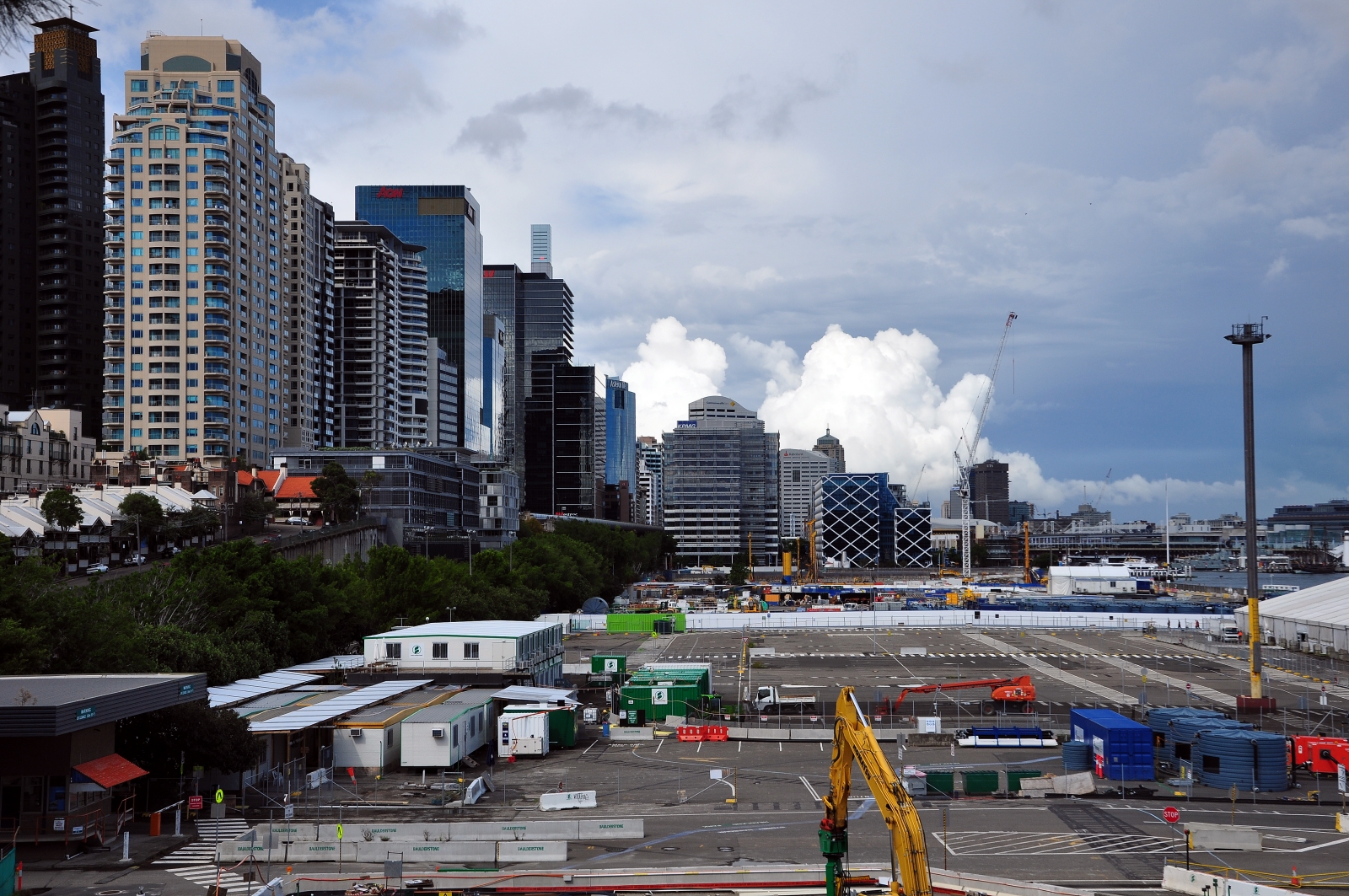
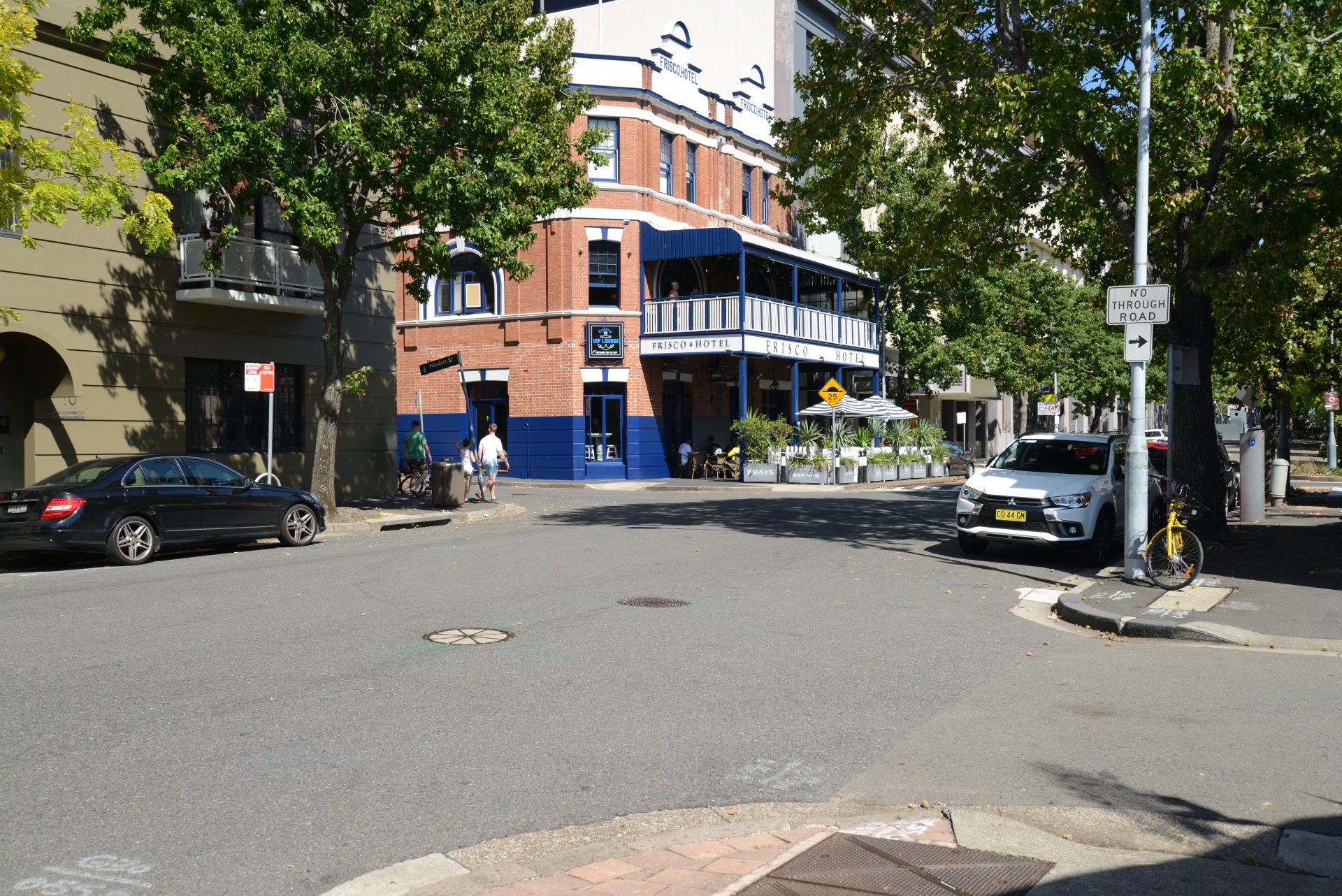
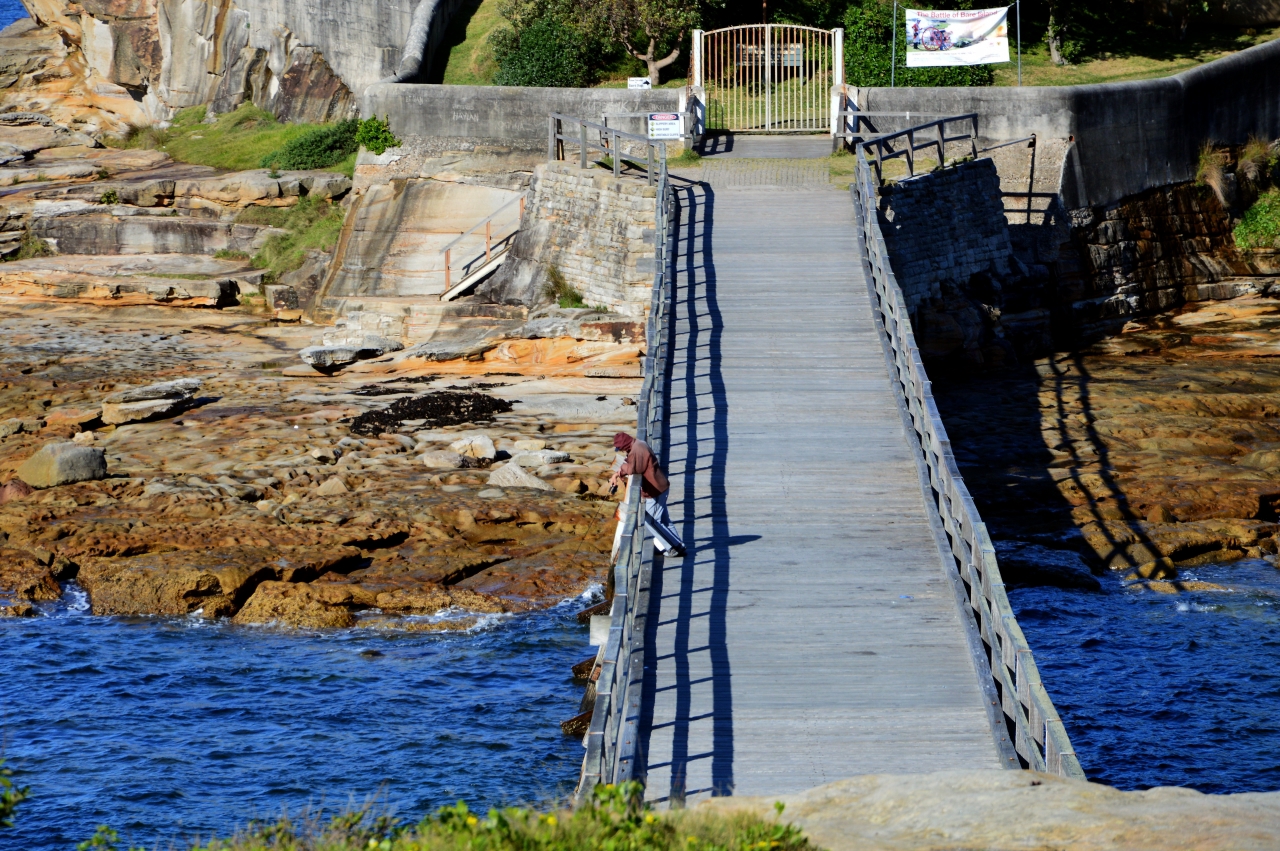

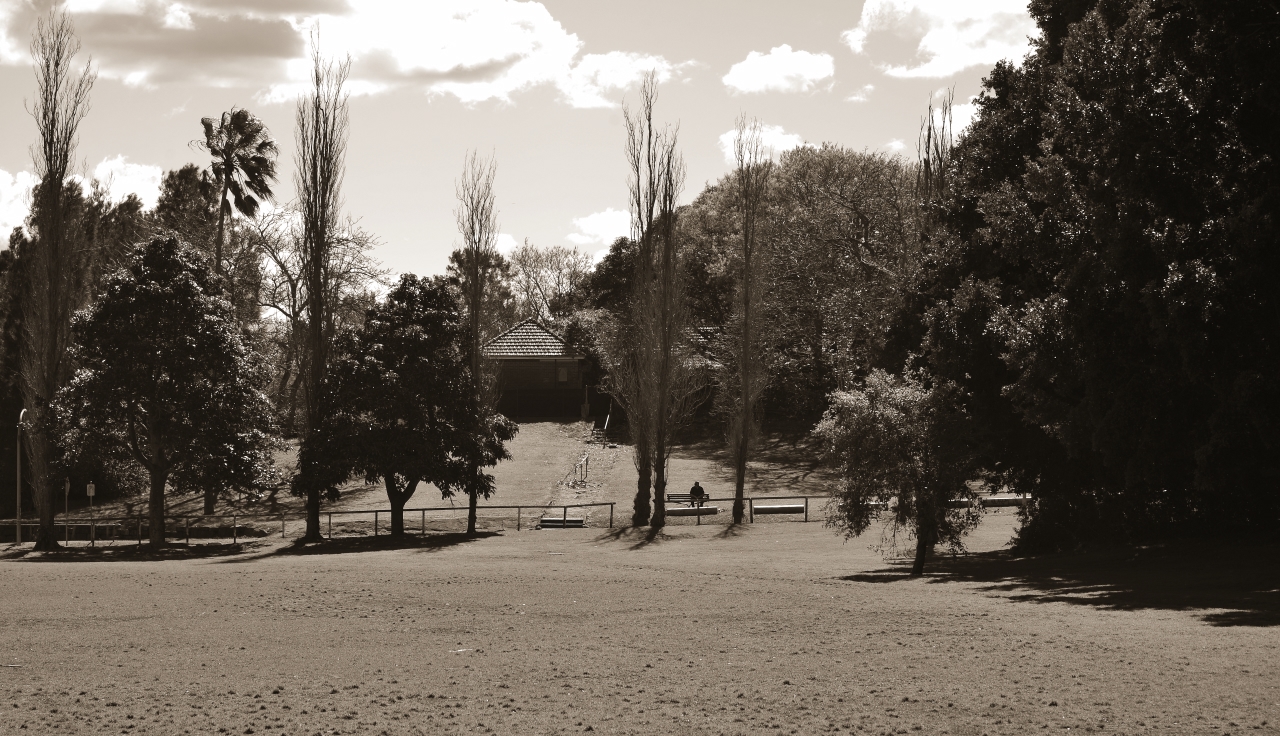


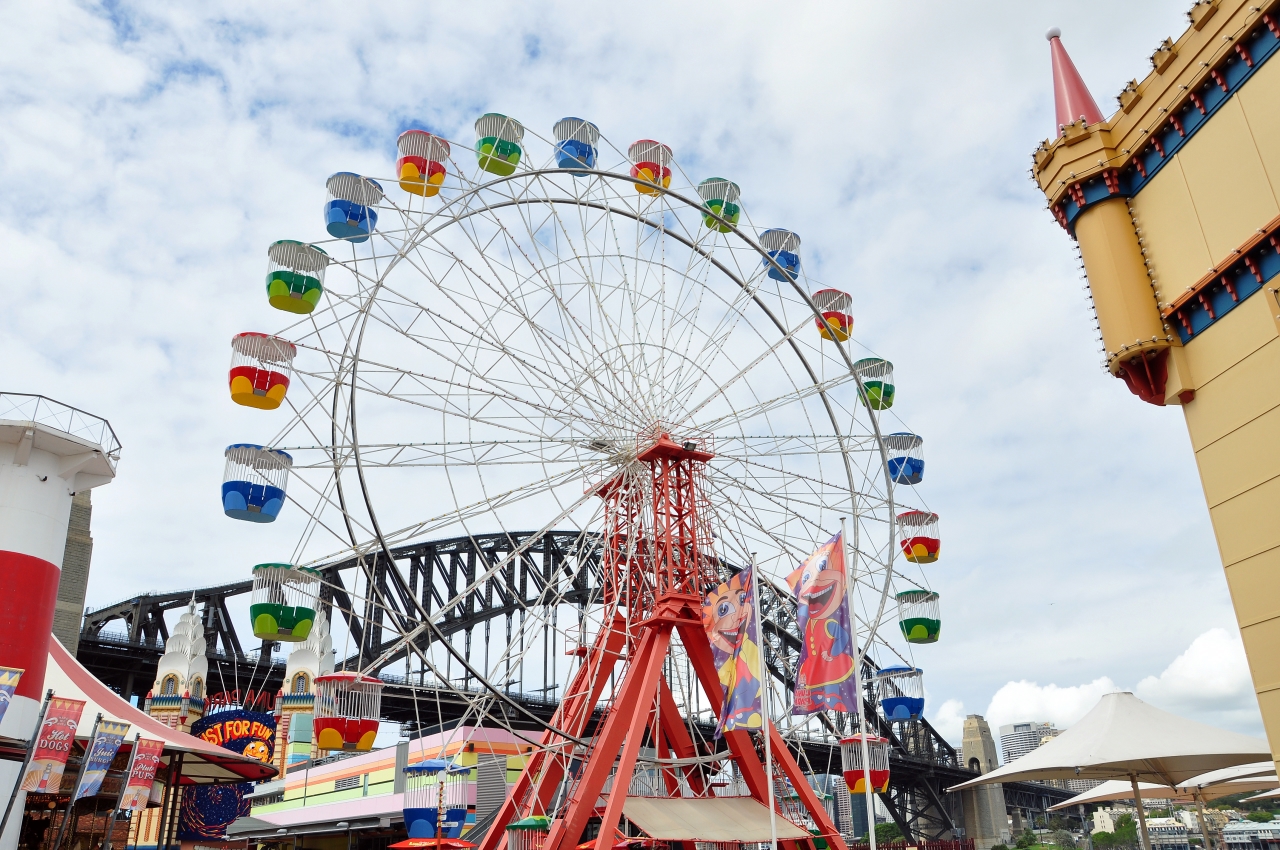




The Problem with Polarizing and Uninformative Environmental News - EcoReef.co
[…] LanguageUsing words with strong connotations to sway public opinion […]